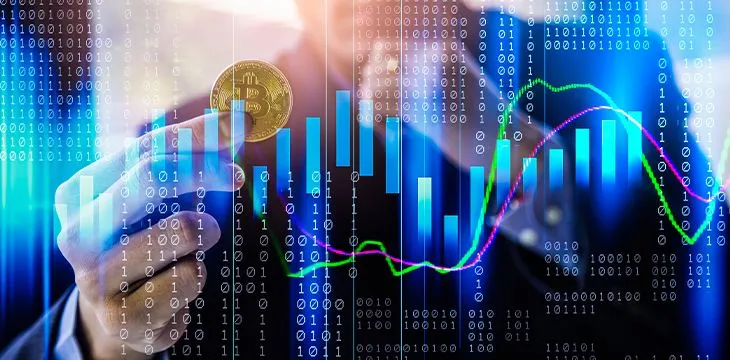|
Getting your Trinity Audio player ready...
|
As the price of BTC climbs, so do its transaction fees. Data from BitInfoCharts showed the average BTC transaction fee is currently $2.521, a 60% increase from where it stood on July 1 ($1.515) and several times higher than the average Bitcoin SV transaction fee of $0.0002.
As more traders buy and sell the speculative asset, the BTC network becomes bottle-necked with transactions. Transactions with higher fees attached to them are given priority by the block reward miners who include transactions into blocks, which means that as more and more transactions flow through the BTC network, transaction fees subsequently rise.
Why is BTC price increasing?
Unlike the original Bitcoin (BSV), the growth that we see in BTC’s price is not healthy. BTC’s recent price increase is most likely a side effect of the recent consumer interest in DeFi platforms, which are continually hitting an all-time high when it comes to total value locked.
Money from DeFi has been entering BTC; many traders bought Ethereum when they heard that the Ponzi scheme that is DeFi was giving them exponential returns on their initial investment. As more money entered Ethereum, the price of ETH rocketed, growing roughly 35% in just one week. Now, what we are seeing is individuals who invested in Ethereum before the ETH pump, take their money out of ETH and invest it into BTC.
This cycle is not unusual, it is not uncommon to see traders put their money into alt-coins right before the alt-coin pumps, and then take their initial altcoin investment and gains and put that sum of money into a larger market cap digital currency.
Unhealthy growth
Although the BTC price is increasing, this price increase is not healthy. The alt-coin to BTC to liquidation or back into low-cap alt-coins market cycle does not indicate that there is real value creation taking place or real value being added to the chain. Rather, it shows that savvy traders and speculators are skillfully riding out digital currency pumps across multiple digital currency ecosystems.
However, BTC has no utility outside of speculation, and with the recent increase in fees, it becomes even less attractive as a payment method than it already was. And of course, the technical parameters of the BTC network make it practically impossible for anyone to build a business or software/service on the BTC network. That being said, a price increase like this is not sustainable.
When will the pump end?
Unfortunately, as the United States government is preparing to release a second stimulus package to combat the effects of the coronavirus, it is unlikely that the current rally we are experiencing across digital currencies will stop.
In theory, the more the U.S. dollar is inflated, the more valuable all speculative assets include digital currency will be, regardless of whether the real utility is taking place within that digital currency’s ecosystem or not. You just don’t want to be holding the bag when the market drops which tends to happen very fast when your primary use case is gambling on the price of a token that does not have any underlying utility.
At the end of the day only BSV, which has a stable protocol, real utility, and everyday use from businesses and consumers, is going to be the digital currency that persists into the future—not digital currencies that rely on speculation to stay afloat like BTC.

 07-03-2025
07-03-2025 





